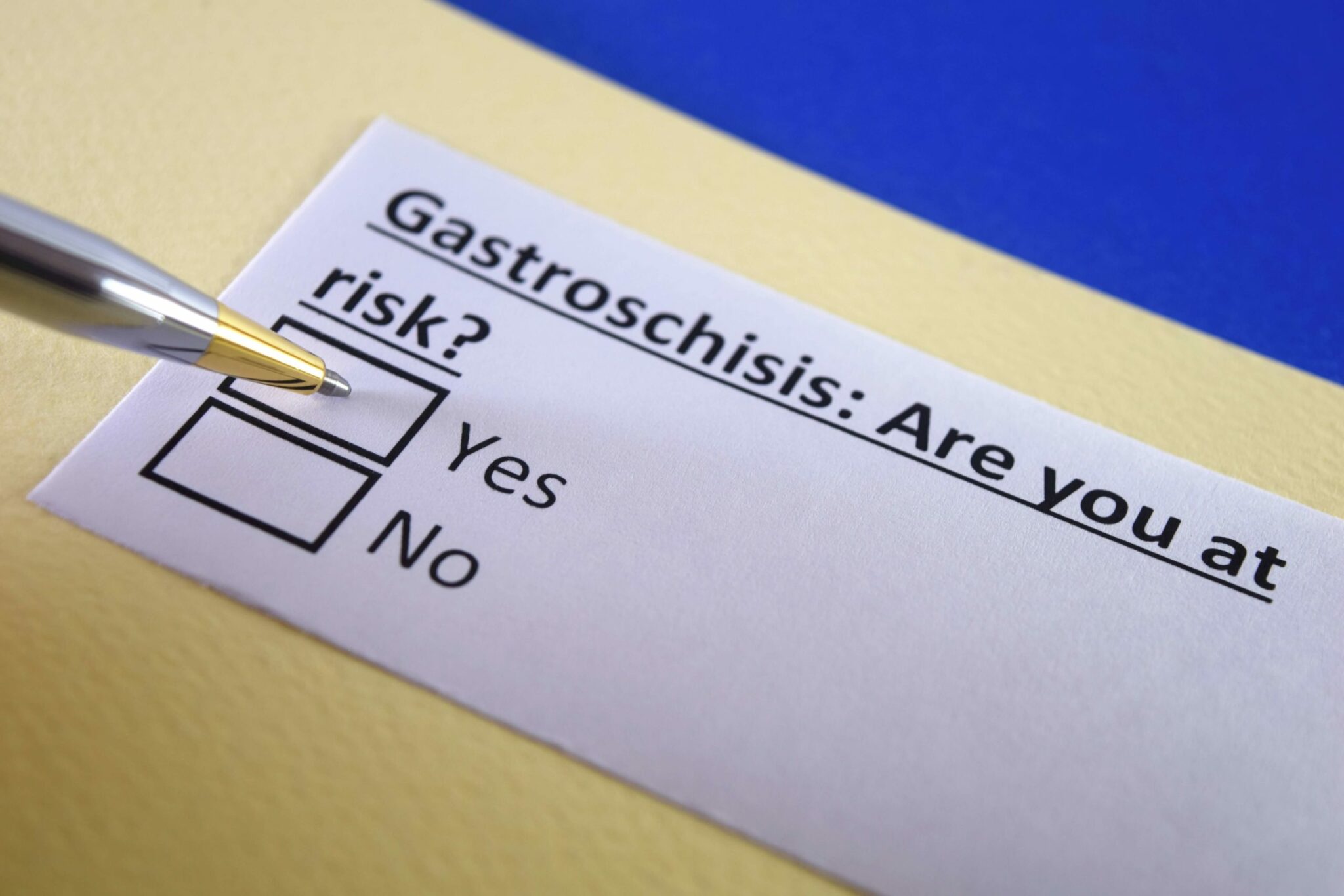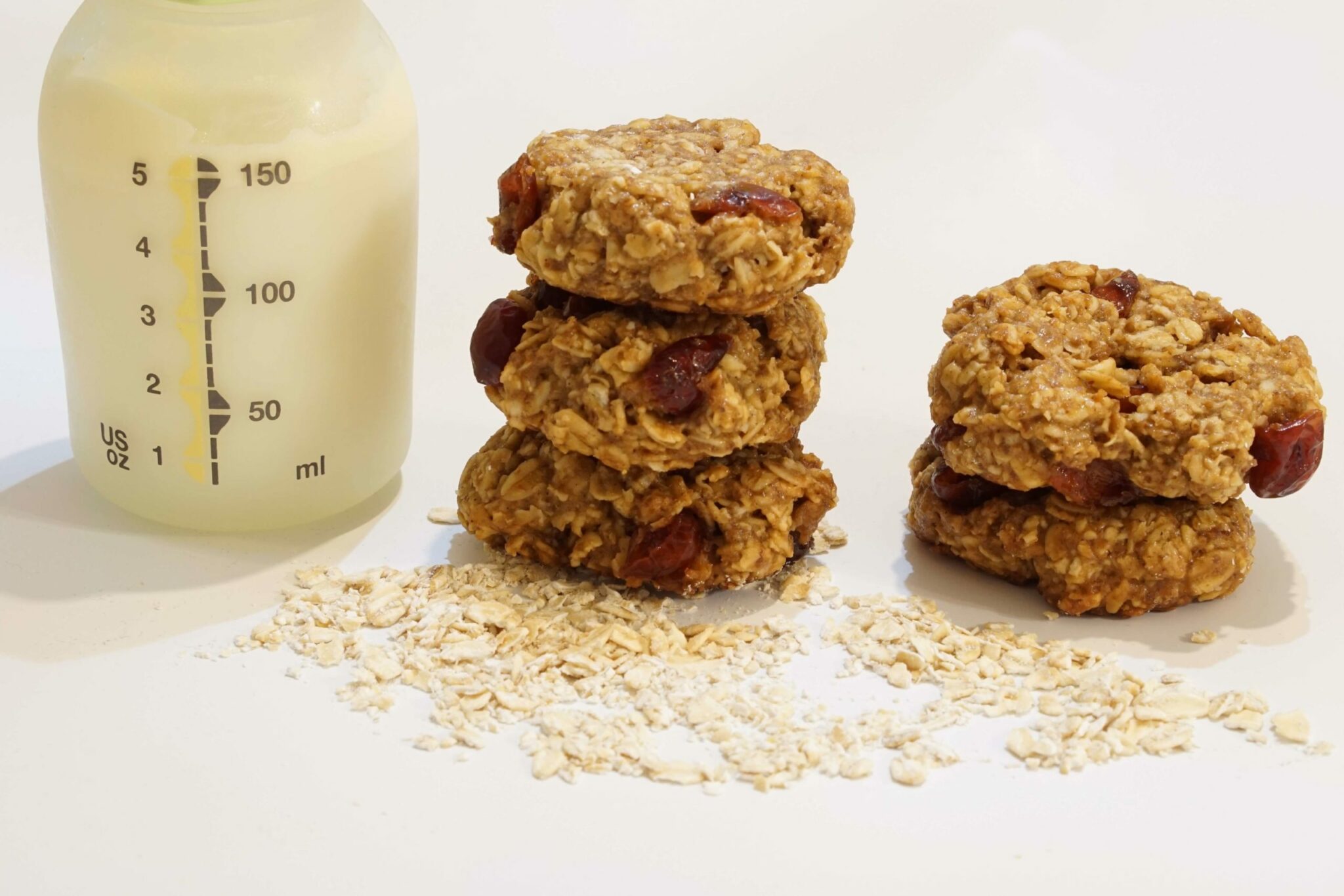How big is Your Newborn’s Stomach?
One of the biggest concerns breastfeeding moms have is: “Is my baby getting enough milk?” It can be scary not being able to measure exactly how much milk your baby gets at each feed, especially when we live in a time where we have an app to track every calorie we consume, every step we take, and every ounce of water we drink!
It can be even harder to understand how much milk your baby actually needs when you can’t imagine the size of their stomachs—and just how small they are when they are first born. Here’s a helpful guide to reassure you that your one-day-old newborn does not require four ounces of milk at each feed.
Day 1: Cherry
Your brand new baby’s stomach is as small as a cherry! That’s about a teaspoon of milk that can be held in it per feed. This is why even the small drops of colostrum that you produce after giving birth are absolutely enough for your baby. No huge meals are needed here (and would result in spitting up, anyway).
Day 3: Walnut
While certainly bigger than a cherry, this is still no toddler-sized stomach (yet). About an ounce can be held at a time. Have you looked at most baby bottles? That would hardly fill one up, which is why large amounts of milk are still not required to keep your baby fed and happy.
Day 7: Apricot
That tummy is definitely growing, and by this time, most mothers have noticed that their milk has come in—a perfect coincidence! About 2 ounces can fit in the stomach.
One month: Large egg
Anywhere from 2.5-5 ounces can be held in a baby’s stomach at this point. It’s important to not get too stuck on these numbers. However, if you need to pump milk and give it to your baby in a bottle, most will not feed a full 5 ounces at a time (even babies much older than this!). This can be comforting to know as many moms are preparing to head back to work.
The bottom line
Babies have tiny stomachs, and while you can’t measure just how much milk they get when nursing, you can know they are getting enough from other clues: how much weight they are gaining, how many wet and dirty diapers they are producing, and how happy they seem after feeds.
As long as your baby is doing well by these standards, pat yourself on the back for a job well-done and resist the advice of those who mean well when they insist your baby has to eat more. So many moms think they have low milk supply when everything is fine, and keeping in mind just how small your baby’s stomach is can help reduce some of that anxiety.
Sources:
- Medela
- Breastfeeding information guide.
Powered by Bundoo®










































